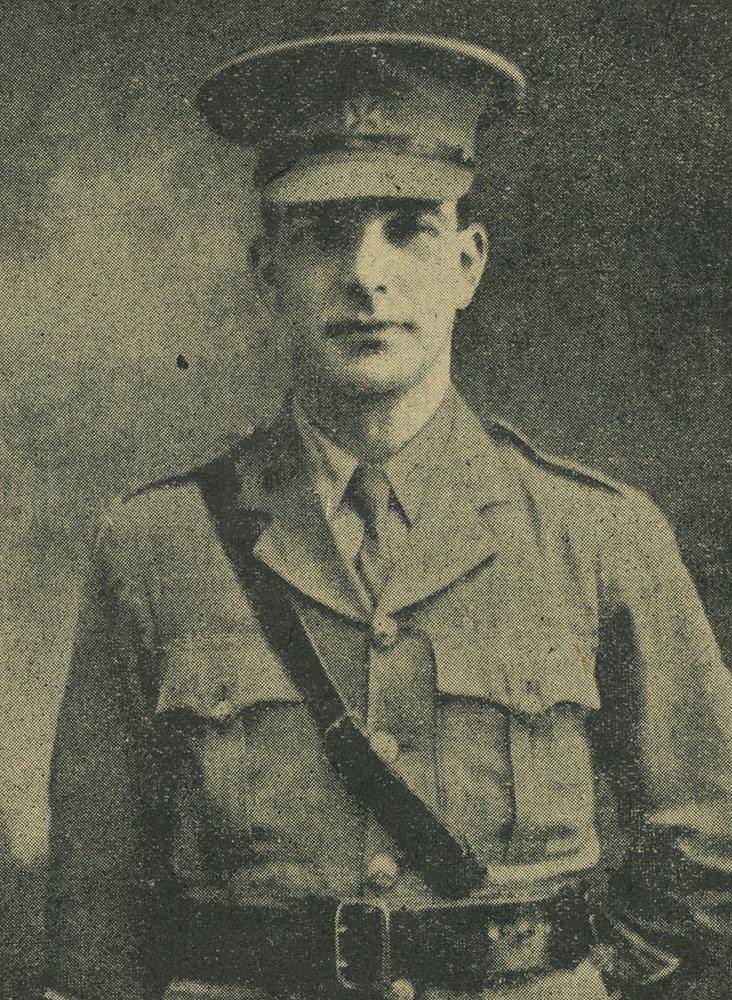
Silent Sundays
The Epidemic and the Church – 1918-1919
In February 1919, the Church learned that one of its chaplains, Fred Rands, had died in Germany where he was still serving in the aftermath of WW1. Not all service men returned home at once and many, like Fred, were unavoidably caught up in what was called the Spanish ’flu epidemic, out of control around the world. Fred was a young minister held in high regard. He came from a family of Methven Methodists and his wife was the daughter of a minister. He was buried at Cologne, aged 37.
New Zealand at that very time witnessed the peak of the devastation wreaked by the epidemic. In the summer months of 1918-1919 there were more than 9,000 deaths in New Zealand from the plague form of pneumonic influenza. Estimates of global deaths range from 17.4 million to 100 million, with an accepted general range of 25–50 million, making it one of the deadliest pandemics in human history. Quarantine is a word we have become familiar with but it was, in a way, even more of a problem then. It is an accepted fact that the return of the ship Niagara to Auckland, with so many infected people on board and no quarantine required on arrival, was a major factor in the infection of the whole country.
In early December 1918, the New Zealand Methodist Times carried an article entitled Silent Sunday. It is worth re-reading today as churches react to the return to Level 2 of the Covid-19 regulations. How do we compare the attitudes then with what has become a familiar reaction to our self-regulation in 2021? The following extracts are from the first item on the first page of that issue of 7 December 1918.
“Some recent Sundays have been to many of us among the strangest we have ever known. With a view to check the epidemic that has swept with such terribly fatal results through New Zealand, the health authorities have issued an order closing not only all liquor bars, race meetings, picture shows and theatrical performances, but also all the Churches.” In those days there were so many things we wanted to distance ourselves from. Attempts were made to institute open-air worship but they do not seem to have been successful. The health authorities did not regard outdoor services as an acceptable alternative.
The editor of the newspaper, WJ Williams, considered the long-term effects of such a lock-down – today’s term, not theirs. Loss of collections was the first mentioned but then he realistically pointed out the publicans and picture-show proprietors were equally affected. He also noted sadly the loss being suffered by Sunday school children, deprived of their weekly teaching. What might happen if the silence became permanent? No more proclamation of the Gospel. “To cut the Churches, with all they stand for, out of the life of the community would be the greatest conceivable moral disaster.”
As we return to worship, surrounded by restrictions, how do we think of the future? Do we simply want to return to what we ordinarily do? Has not our world been changed forever? The lessons of history are disturbing when they are applied to a future we can scarcely imagine. Some might say, however, that these are exciting times. Caption
Fred Rands
Credit Methodist Church of New Zealand Archives
